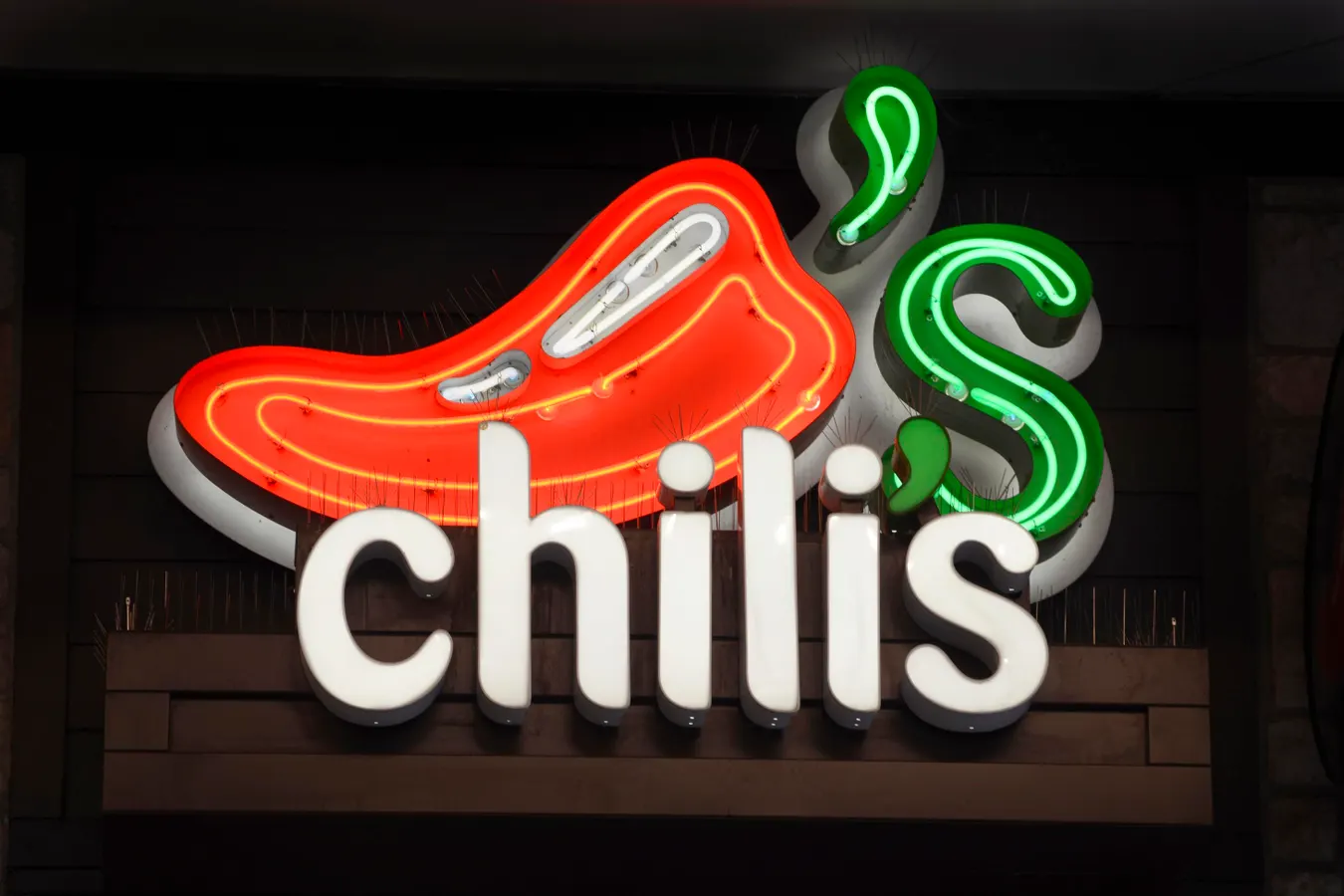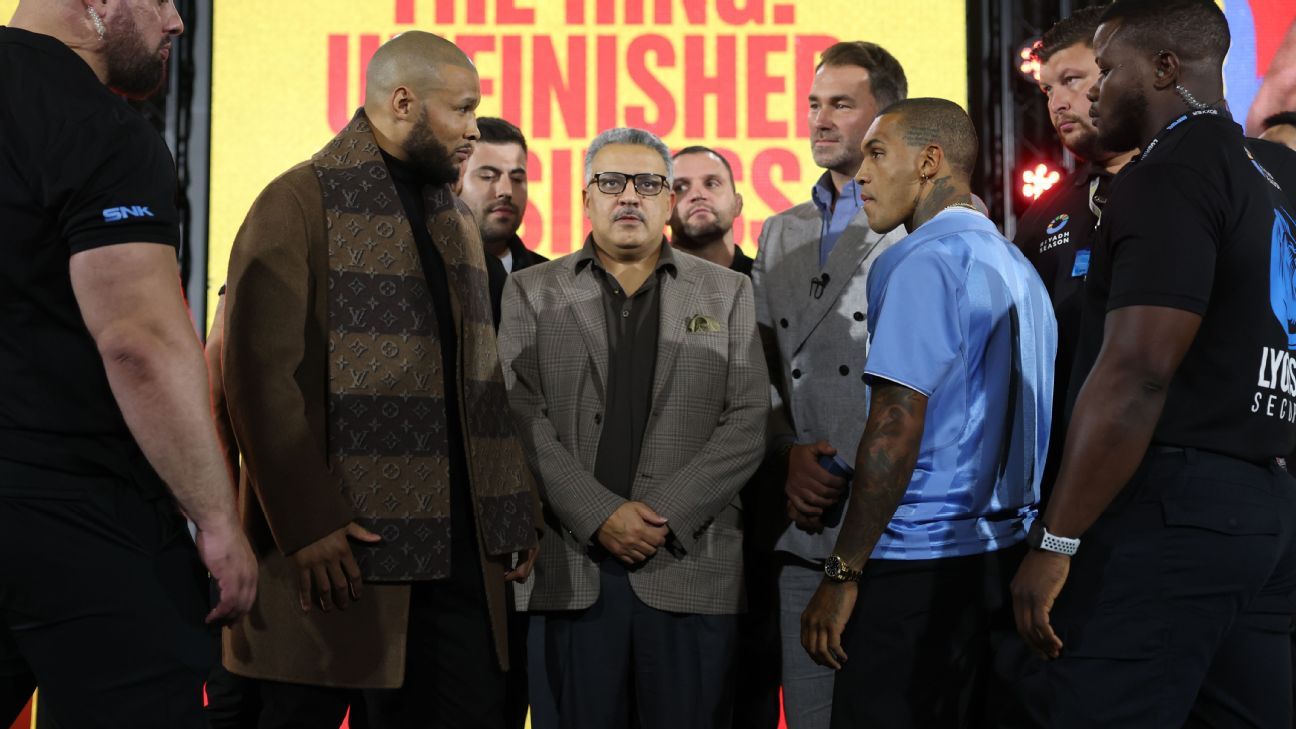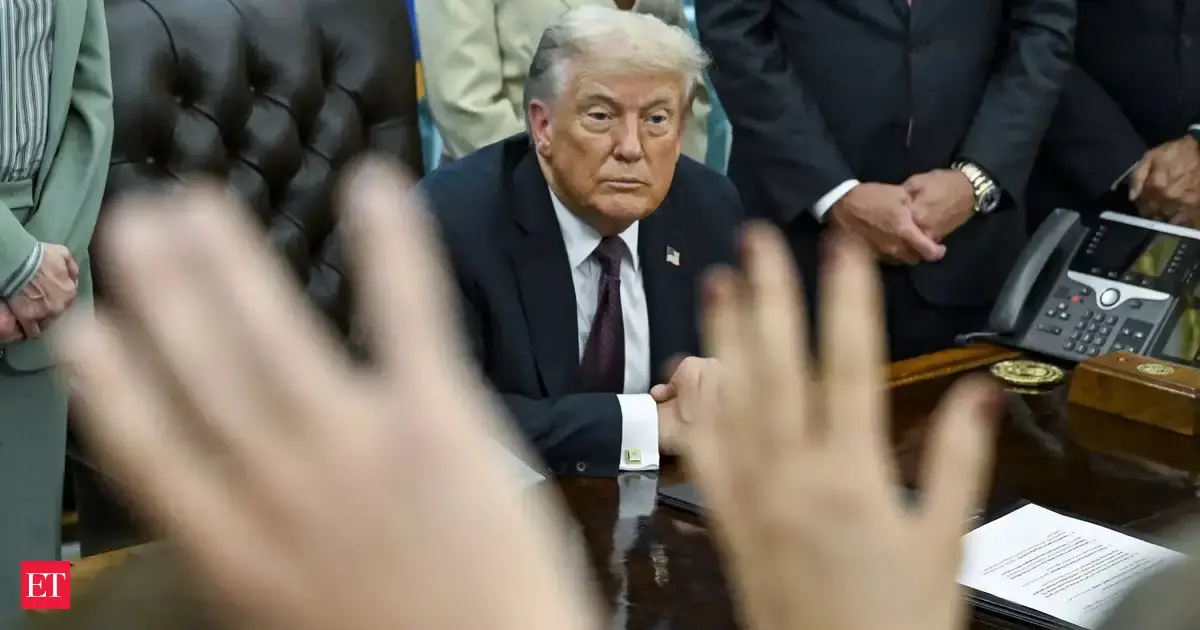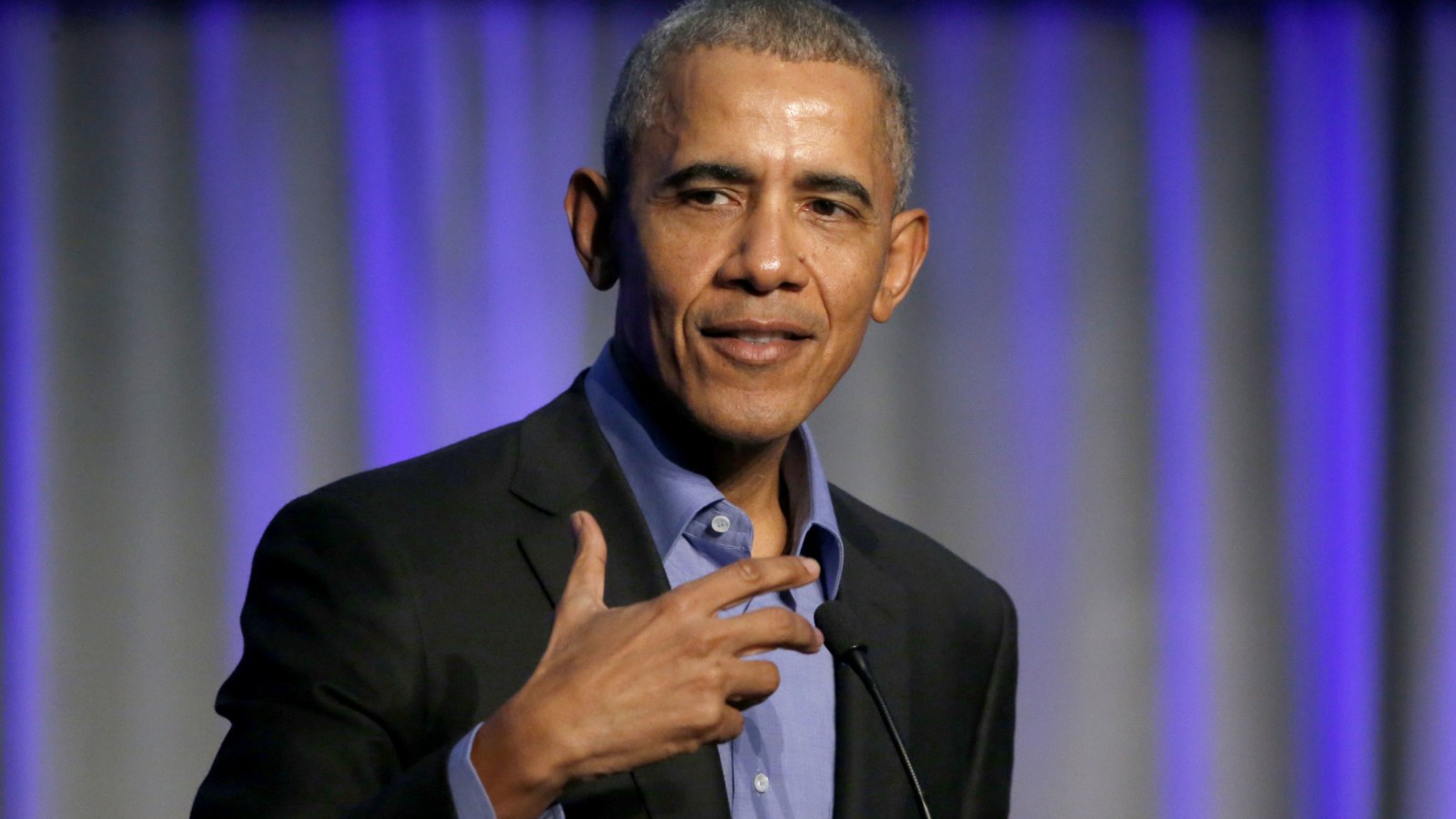By Contributor,Dan Gingiss,Robert Alexander
Copyright forbes

A Chili’s restaurant in downtown San Antonio, Texas. (Photo by Robert Alexander/Getty Images)
Getty Images
While the instinct for many businesses is to retreat during economic uncertainty, cutting costs and hoping to weather the storm, the smartest companies are doing the opposite. Understanding the competing on price is a losing game anyway, they’re pulling ahead of competitors by doubling down on what matters most: customer experience.
From casual dining to banking to retail, forward-thinking brands are discovering that investing in better experiences – even when battling tariffs, economic uncertainty, and political discord – is the surest path to not just surviving, but thriving.
Not every brand can have the massive success of Labubus. But many are headed in the right direction by focusing on customer experience during times of economic uncertainty. Here’s how they’re doing it.
Chili’s Develops A Smart Strategy: Invest Rather Than Cutting Costs During Economic Uncertainty
A number of casual dining brands have been scoring with diners recently, especially Chili’s, which recently scored perhaps the ultimate public relations coup: A headline in The Wall Street Journal saying “The Chili’s Economy is Here.”
Chili’s has done it with a refreshingly smart strategy: Stop cutting costs just to survive, which has hollowed out the chain’s experience in the past, and instead invest – in better ingredients, updated restaurants and increased staff hours.
MORE FOR YOU
And in deference to the economic climate, the Chili’s has also expanded its “3 for me” value meals starting at $10.99.
The result: Chili’s recently reported a 24 percent jump in U.S. same-store sales last quarter compared with the year before.
“Because we have a total value proposition that works – great food, great service and an atmosphere people enjoy – that’s why we’re winning,” said Kevin Hochman, CEO of parent company Brinker International.
Banking Meet Coffee: Wells Fargo And Starbucks Amp Up Customer Experience
Companies as different as Wells Fargo and Starbucks have also gotten the message.
Wells Fargo CEO Charles Scharf is leaning into the economic headwinds, revealing in a recent earnings call that the financial services company is overhauling all of its more than 4,000 branches nationwide.
That means enhanced design combined with updated furniture, lighting, carpeting, paint and digital displays. Gone will be the old-fashioned teller lines. In will be collaborative areas for employees to help customers.
Wells Fargo is also making enhancements to how customers open accounts, online and in person.
The main driver behind the upgrades? You guessed it: Improving the customer experience.
Starbucks has long been known for catering to customers and the coffee giant is not stopping now, ramping up investments in experience in what executives are calling a turnaround plan.
It includes a focus on greater speed and efficiency, with the goal of fulfilling in-person orders within four minutes and mobile orders within 15 minutes. Also planned is a new Starbucks app, enhancements to mobile orders, and a revamped loyalty program.
Bigger Retailers Do What They Do: Offer Discounts
Then there are the biggest retailers, such as Walmart and Amazon, which are “thriving in the tariff economy” by focusing on a core part of customer experience: Better deals and more convenience for customers.
Amazon, for example, made improvements to its delivery network that are getting packages to customers faster and more cheaply, leading to an 11 percent increase in online-store sales in the latest quarter.
Walmart has limited price increases by absorbing much of the costs from President Trump’s tariffs, while also offering grocery discounts and faster shipping.
“We’re going to continue to try to navigate this on an item-by-item, category-by-category way to minimize the impact on the consumer,” said Walmart Chief Financial Officer John David Rainey.
Competing On Price Is A Losing Game, But Customer Experience Is Not
Speaking of tariffs, the potential for them to cause price increases is a useful metaphor for summing up a key conclusion about the broader efforts of brands to thrive in today’s uncertain economic times.
As I tell audiences during my keynote presentations, competing on price is a losing game because the competitor down the street will match you dollar for dollar. And with so many similarities between products, competing on product is also increasingly challenging.
Which leaves customer experience as the best way to stand out, and the brands that are using today’s economy to provide even better experience are the ones that will be left standing – and thriving – tomorrow.
The Experience Advantage During Economic Uncertainty
The lesson from these diverse examples is clear: while economic uncertainty tempts businesses to cut corners and compete solely on price, that’s exactly the wrong strategy.
The companies emerging stronger from today’s challenging economic climate aren’t the ones that cut deepest, but the ones that invest smartest. They recognize that customer experience isn’t a luxury to be trimmed during tough times; instead, it’s the last true differentiator that determines which brands customers choose when budgets are tight.
When there is economic uncertainty, consumers are more selective than ever. So delivering exceptional experiences isn’t just good business, it’s the single best business model for sustainable success.
Editorial StandardsReprints & Permissions



